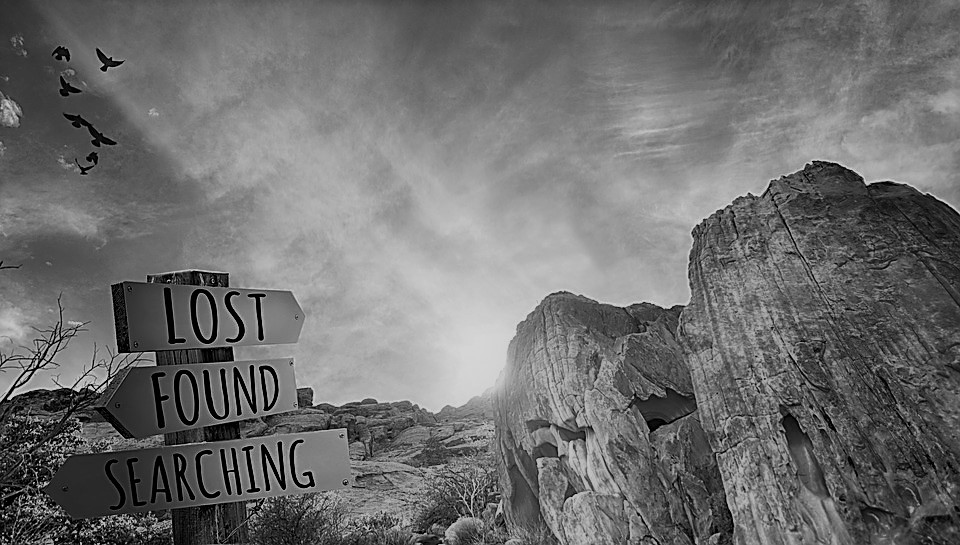
Is It Possible to Lose Your Company Culture During Change?
Yes — it absolutely is possible to lose your company culture during change. Company culture is not just a slogan or a set of posters on the wall; it is the way work actually gets done. It is reflected in how employees think, behave, and collaborate daily. Corporate culture assessments encompass both the explicit and implicit values, norms, and assumptions that drive critical business practices.
In essence, culture defines your organization. Our Research on Organizational Alignment found that culture accounts for 40% of the difference between high and low performing companies across revenue growth, profitability, customer loyalty, leadership effectiveness, and employee engagement. Culture is not just important — it is what helps or hinders your people and business strategies.
Protecting the Best Parts of Your Culture During Change
Company cultures naturally evolve, but major shifts — such as a new strategy, leadership changes, restructuring, talent transitions, mergers, or acquisitions — can put cultural identity at risk. Strategies and organizational changes only succeed if they move through and are supported by your culture.
Ask yourself: Is your culture healthy and strategically aligned enough to withstand major change? Or could it become a barrier to your people and business strategies? The reality is that without intentional effort, you are at risk.
Steps to Ensure That You Keep Retain The Culture You Want
Effective cultural interventions thoughtfully address all three Cs, ensuring that changes flow through people and processes, enabling real implementation. For example, one client discovered misaligned decision-making processes between two merging divisions, while another realized its risk-taking norms conflicted with a new offering. Both addressed these misalignments early, avoiding major setbacks.
A practical rule: invest 2-3 times as much effort in ensuring cultural alignment as in managing strategic or financial elements.
Use clear, compelling language and encourage feedback. Allow time for employees to understand the rationale, urgency, and vision behind the change. Open discussion fosters engagement and trust.
The Bottom Line
Change management consulting experts know that major organizational change is a cultural test. Protecting your culture requires proactive planning, stakeholder involvement, and clear communication. By assessing organizational health, aligning performance, and embedding strategic priorities into cultural practices, you reduce the risk of losing what makes your company special.
To learn more about the 3 Cs of culture, download The 3 Research-Backed Levels of a High Performance Culture that Leaders Must Get Right
Explore real world results for clients like you striving to create higher performance